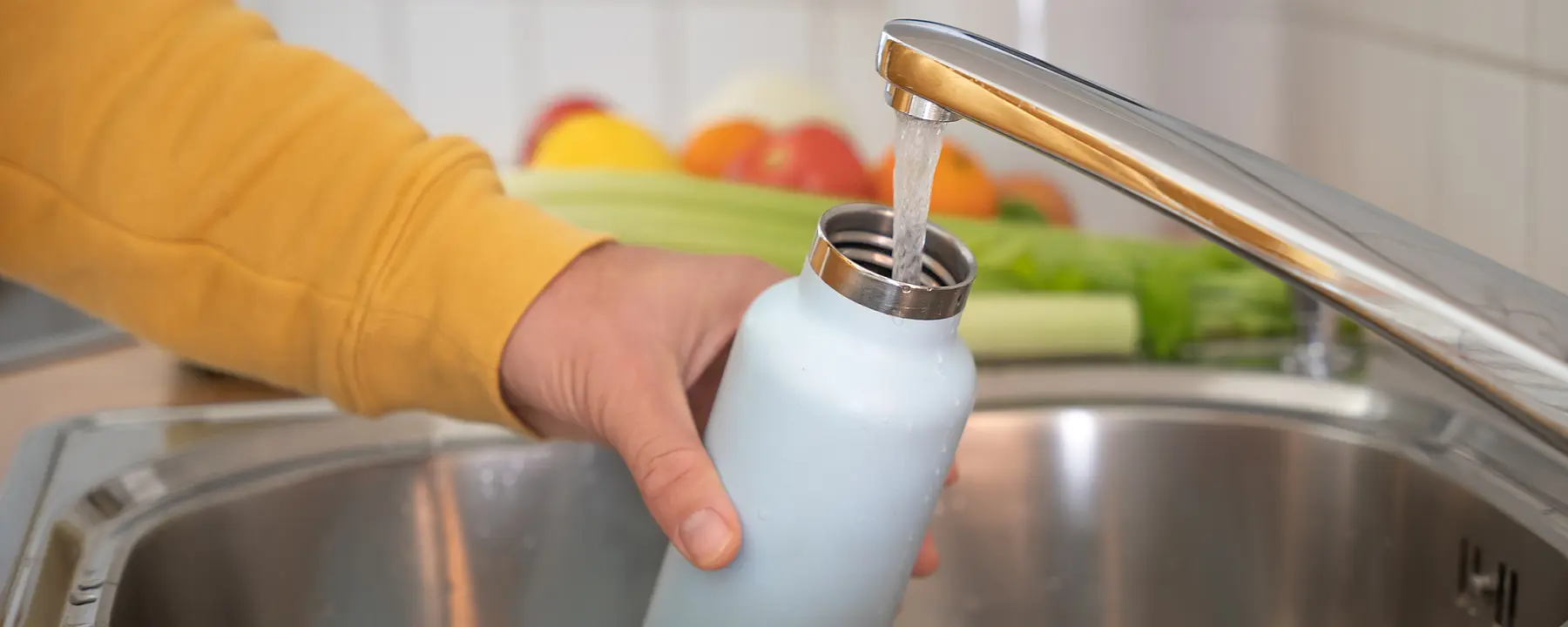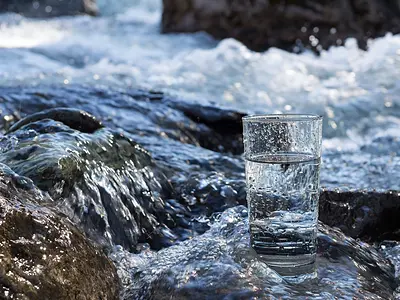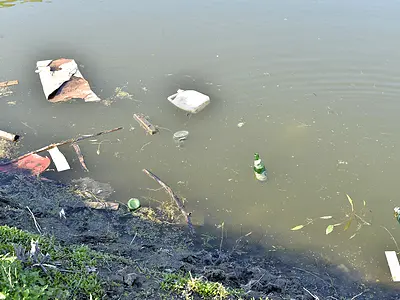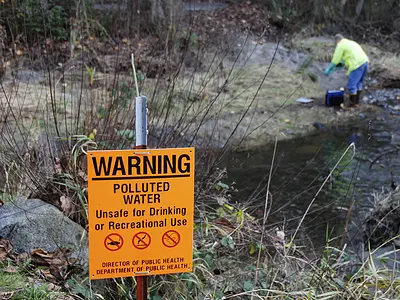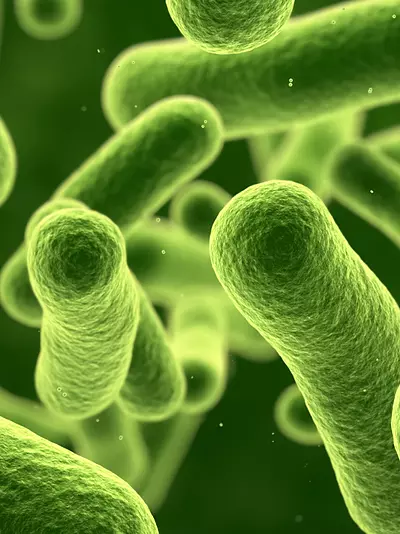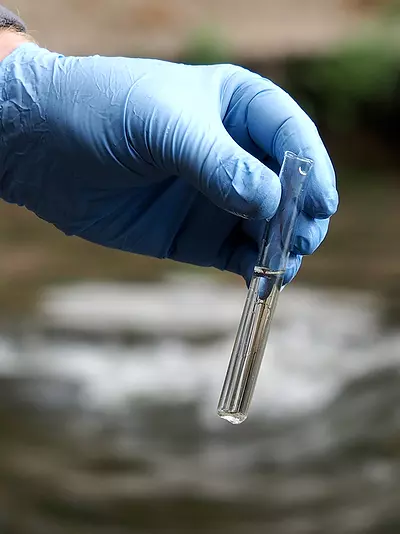Working to identify and eliminate PFAS in drinking water sources
What are PFAS in water?
Per- and polyfluoroalkyl substances (PFAS) are a group of human-made compounds that are concerning to public health. PFAS have been used in common household products for decades, including non-stick cookware, food packaging, carpeting, and clothing. These compounds make materials more resistant to grease, water, and oil. There are thousands of PFAS. Although some PFAS, such as perfluorooctane sulfonic acid (PFOS) and perfluorooctanoic acid (PFOA), are no longer produced in the United States, new compounds have been developed to replace the use of PFOS and PFOA in industrial processes. The toxicity and persistence of these new contaminants is not fully understood. PFAS are also extremely stable, meaning that they do not naturally degrade in the environment and can bioaccumulate in the human body, thus earning them the nickname “forever chemicals.”
Sources of Drinking Water Contamination & Their Negative Health Effects
Experts have identified many different sources of PFAS in water, including industrial discharges to air and water, aqueous film-forming foam (AFFF) used in firefighting, landfills, septic tanks, and municipal wastewater. As a result, PFAS have been found in both surface water and groundwater. Individuals may be more likely to be exposed to PFAS from their drinking water if they live near a chemical manufacturing facility, military base, airport, fire station, agricultural area where municipal biosolids are applied, or another area where PFAS are used, stored, or were disposed of in the past. Exposure to certain PFAS in water may increase the chances of health problems such as thyroid disease, high cholesterol, high blood pressure, reduced immune response to vaccines, and cancer. In 2016, a non-regulatory Health Advisory Level of 70 ng/L was set for the combined concentration of PFOS and PFOA in drinking water. In April of 2024, the United States Environmental Protection Agency (EPA) finalized its first ever regulation for six PFAS compounds in drinking water.
Testing for PFAS in Water
To help characterize PFAS in drinking water, RTI expanded its award-winning Clean Water for U.S. Kids program and partnered with Dr. Jackie MacDonald Gibson at Indiana University to sample drinking water for PFAS using a participatory science approach. Community scientists collect and ship water samples to RTI laboratories where PFAS can be detected using EPA-approved, state-of-the-science methods. Furthermore, our experts are working to develop models that estimate past PFAS exposures from drinking water, along with a risk mapper using geographic information systems. For more information, go to www.cleanwaterforUSkids.org/foreverchemicals. We also work to develop and test innovative and practical water treatment solutions that can reduce drinking water exposures. If you are interested in learning more about our PFAS water testing capabilities, please reach out to one of our experts.
Learn more about our water resources capabilities.
Related Projects
Clean Water for Carolina Kids™ – From Pilot to Program
Read More about Clean Water for Carolina Kids™ – From Pilot to Program
